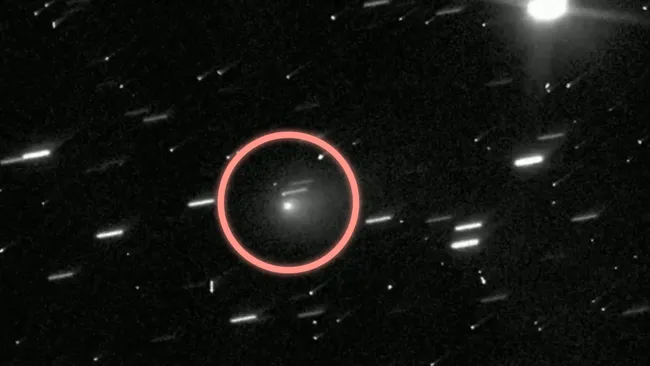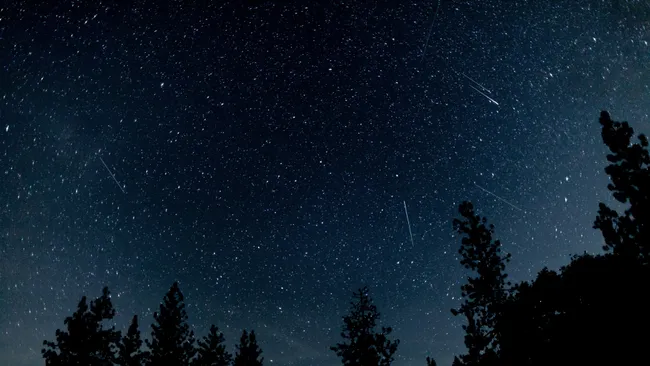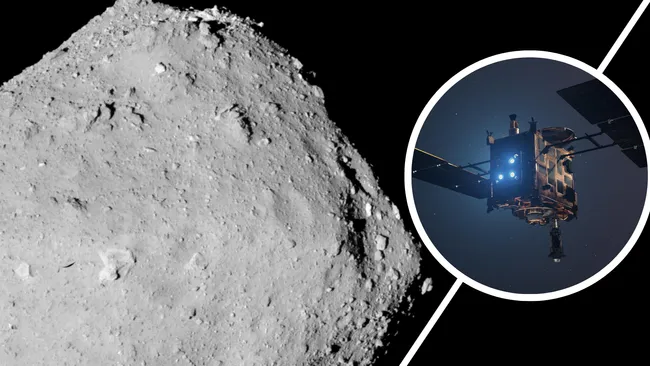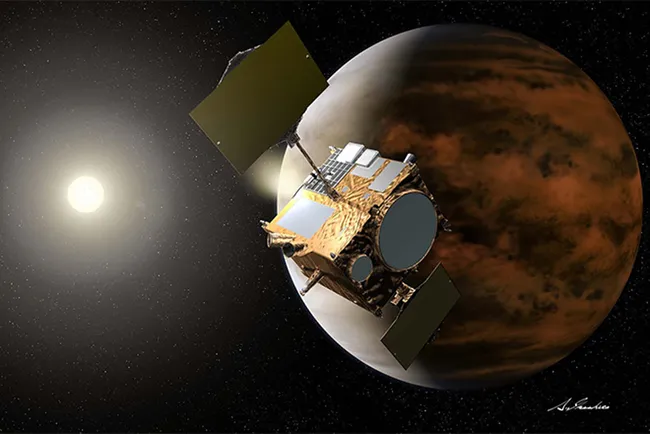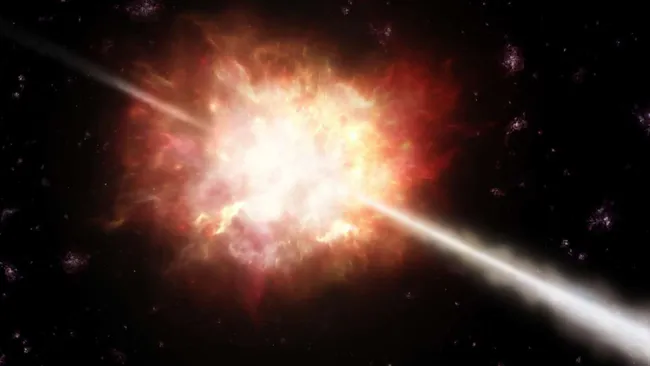A new study has revealed that interstellar comet 3I/ATLAS is leaking water with the intensity of “a fire hose running at full blast.” Scientists used NASA’s Neil Gehrels Swift Observatory to detect the chemical signature of water escaping from the comet — the first such detection from a visitor beyond our solar system.
This marks only the third time astronomers have observed an interstellar visitor passing through our cosmic neighborhood. Water, considered the fundamental measure in comet science, helps researchers understand how sunlight drives comet activity and the release of gases. Detecting it in an alien comet lets scientists compare 3I/ATLAS with those native to our solar system, shedding light on the planetary system chemistry of other stars.
“When we detect water — or even its ultraviolet echo, OH — from an interstellar comet, we’re essentially reading a message from another planetary system,” said Dennis Bodewits, co-author of the study and physics professor at Auburn University. “It shows that the building blocks of life’s chemistry aren’t unique to our own system.”
Using Swift, Bodewits and his team observed 3I/ATLAS between July and August 2025, when it was 2.9 times farther from the Sun than Earth — well beyond the range where water ice usually vaporizes. Despite that distance, the telescope detected faint ultraviolet emissions of hydroxyl (OH), a product of water molecules broken apart by sunlight.
By combining dozens of short ultraviolet and visible-light exposures, astronomers found that 3I/ATLAS was losing water at about 40 kilograms per second — “the output of a fire hose running at full blast.” This level of activity suggests that around 8% of the comet’s surface is active, compared to the 3–5% typical of local comets.
Researchers believe this extreme outflow may come from icy debris surrounding the comet, not just its surface. Near-infrared data from Gemini South and NASA’s Infrared Telescope Facility indicated chunks of ice drifting within the coma — the gas-and-dust cloud around the nucleus. These clumps act like mini steam vents, releasing vapor when warmed by sunlight, even while the comet remains too cold for direct surface sublimation.
“Every interstellar comet so far has been a surprise,” said study leader Zexi Xing, a postdoctoral researcher at Auburn University. “‘Oumuamua was dry, Borisov was rich in carbon monoxide, and now ATLAS is shedding water at a distance we didn’t expect. Each discovery reshapes what we know about how planets and comets form.”
Though 3I/ATLAS has faded from Swift’s range, it was recently spotted by the European Space Agency’s Mars orbiters, passing about 30 million kilometers from Mars. The ESA plans to continue observing it, including a detailed look in November using the Jupiter Icy Moons Explorer (JUICE) mission.
JUICE will monitor the comet right after its closest approach to the Sun, during its peak activity phase. However, because the spacecraft is currently on the far side of the Sun using a slower backup antenna, scientists expect to receive data from its interstellar comet observations in February 2026.

